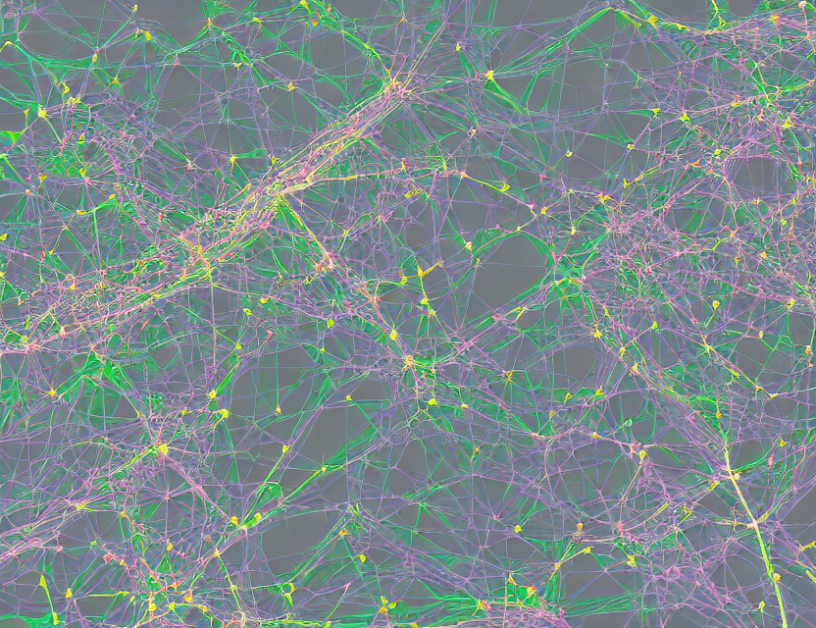In this article, we explore the concept of data augmentation in the context of convolutional neural networks (CNNs). Data augmentation is a technique used to artificially increase the size of a training dataset by applying various transformations to the images within the dataset. This helps to reduce overfitting and improve the generalization ability of CNNs.
The key challenge in training CNNs is that they require a large amount of data to learn from, but obtaining such data can be time-consuming and costly. Data augmentation helps address this challenge by creating more data from the existing dataset through techniques such as random resizing, flipping, and cropping.
To demonstrate the effectiveness of data augmentation, we compare the performance of a CNN (ResNet-50) on the ImageNet dataset with and without data augmentation. The results show that data augmentation significantly improves the top-1 test accuracy rate, from 69.8% to 74.3%.
We also examine the impact of different data augmentation techniques on CNN performance, finding that certain techniques, such as random flipping and cropping, are more effective than others. Additionally, we explore the role of momentum in data augmentation and find that it helps to improve convergence.
In summary, data augmentation is a powerful technique for improving the performance of CNNs by artificially increasing the size of the training dataset through various transformations. By demystifying complex concepts and using everyday language, this article provides a comprehensive overview of data augmentation in the context of CNNs, making it accessible to readers without prior knowledge of machine learning or deep learning.
Computer Science, Computer Vision and Pattern Recognition
Improved Regulation of Convolutional Neural Networks with Cutout



